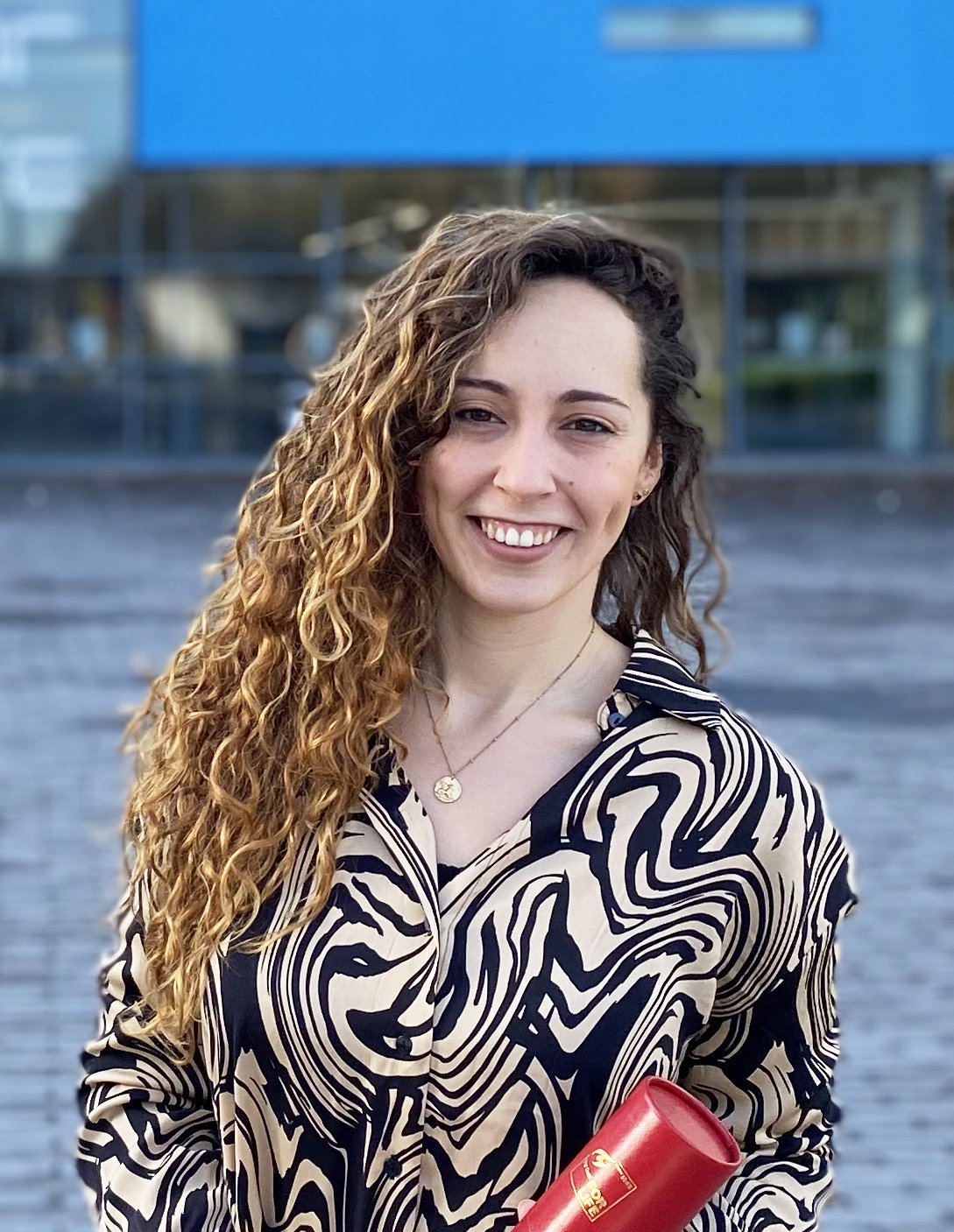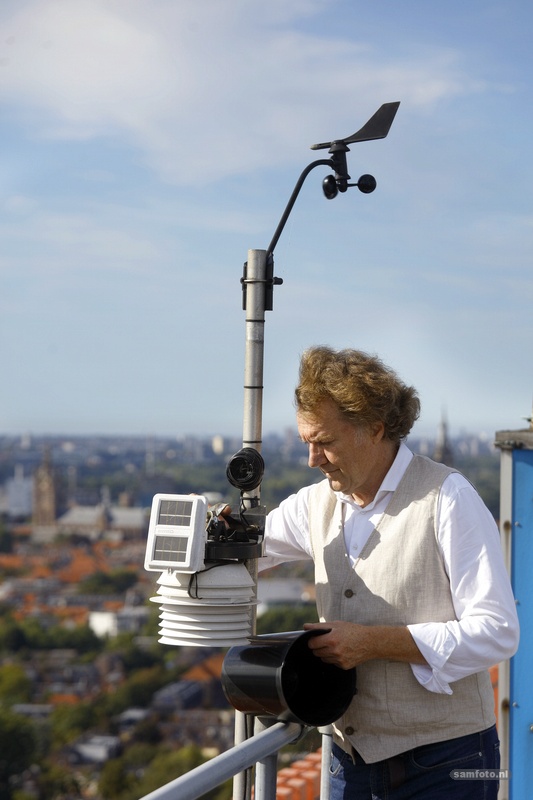A pandemic to change them all

Written by Paula Hueso Espinosa
It has been a while since the first COVID lockdown and we all had to slowly move on with our lives and learn how to adapt ourselves to a current context that is always changing. It is undeniably true that these two years were a challenge for all of us. But despite the magnitude of the consequences of the pandemic, I believe it also brought the best out of our community here, at the faculty of Industrial Design Engineering.
Designers are known for making complex things easy. That is the main reason why we feel comfortable when dealing with such complexity and what makes us see opportunities to learn and innovate where others would see problems and thresholds. In fact, that is the essence of resilience, to overcome challenges and thrive, to flourish despite adversity. Then, let me take you through my journey as a Design for Interaction student, and show you how this resilience was forged in our learning community.
We are now more used to coping with the effects of the pandemic. But at its first stages that was not an easy task, especially if you are studying Design for Interaction. At that time, our courses were highly physical. Every week we were prototyping with arduino components and testing those with other classmates around the faculty. It was so inspiring! And suddenly, education as we knew it changed practically overnight as institutions closed their doors. Courses had to be re-imagined from a completely new perspective and new tools for blended education, enabled. It was a really confusing and hectic moment, and as a student I felt a bit lost, disconnected and lacked purpose.
The beginning of a transformation
Then from our master’s committee, we thought: How can we help? How can we make things easier for our course coordinators? Because of that, we decided to reach out to them to to offer our support. We were glad how they received it, and how they were willing to open up the space to discuss and steer the direction the courses were taking, together. Naturally, we started meeting them every week and sharing our experience with the courses. Those meetings had all the aspects of physical design as we were bouncing things back in, learning from each other, prototyping, testing and implementing straightaway in our courses. For us, it was so powerful. We felt we were taking our education in our own hands and were able to directly contribute to it, even if it was the smallest thing.
And that was just at a course level. Design for Interaction’s master director took that even further, as she provided each week a virtual room in which students could just show up and talk directly to her about how we were feeling with the ongoing situation and did the same for course coordinators. She brought these conversations to the faculty’s organizational board and we could actually see how the faculty was changing and adapting over time.
Together, we witnessed how those spaces were opened up in which students and staff left hierarchical structures aside and felt comfortable to reach out and voice out their needs, concerns and hopes. But the most important thing is that those needs were not just heard, they were acted upon, making the whole system not only adapt to the current circumstances, but also achieve its transformation and thrive.
To me, that posed the evidence that resilience is something that was and could be achieved in our institution, as we were able to bounce back from adversity and achieve transdisciplinary collaboration at its fullest to make the best of our learning experience. Because of that, through my master thesis, I decided to explore in depth what happened then to see how we can make our education more resilient.
Making our education resilient
And you might be asking yourself: but what contributed to that resilience? Well, the main factors that helped there were to primarily define a clear vision and purpose, identify possible steps to get there, and provide flexibility and autonomy to reach that common goal. Moreover, it was essential to facilitate collaboration and support spaces in order to enable meaningful connection between the members of the Learning Community. Last, but not least, acknowledging personal well-being came as a crucial factor that contributed to the resilience development of a prior culture in which performance was a main focus.
As educators, we can certainly look back on the experiences and challenges of the past two years and reflect on how we ‘design’ our educational curriculums, activities, practices or tools. By challenging education as we knew it, we were able to reconnect with its purpose: enable learning, and collaboratively craft relevant educational experiences.
The outcome of my thesis indeed aims to follow those guidelines by reframing the purpose and use of a specific tool widely used by all of us. MyRubric intends to offer a constructive and resilient alternative to the current rubric, as it is based on adaptive assessment of students and educators’ learning process. With it, students and staff are invited to co-create a shared understanding of the learning objectives of a course in its initial stages and provide pathways in how to reach those successfully.
My intention is to open a debate for questions on how our future education might be. It took a worldwide crisis, but I believe we had a glimpse of it: A future in which teachers, students and institutions collaborate to shape their educational experience. I believe we don't need another pandemic to make us move towards that future. So, what is our next step going to be?

